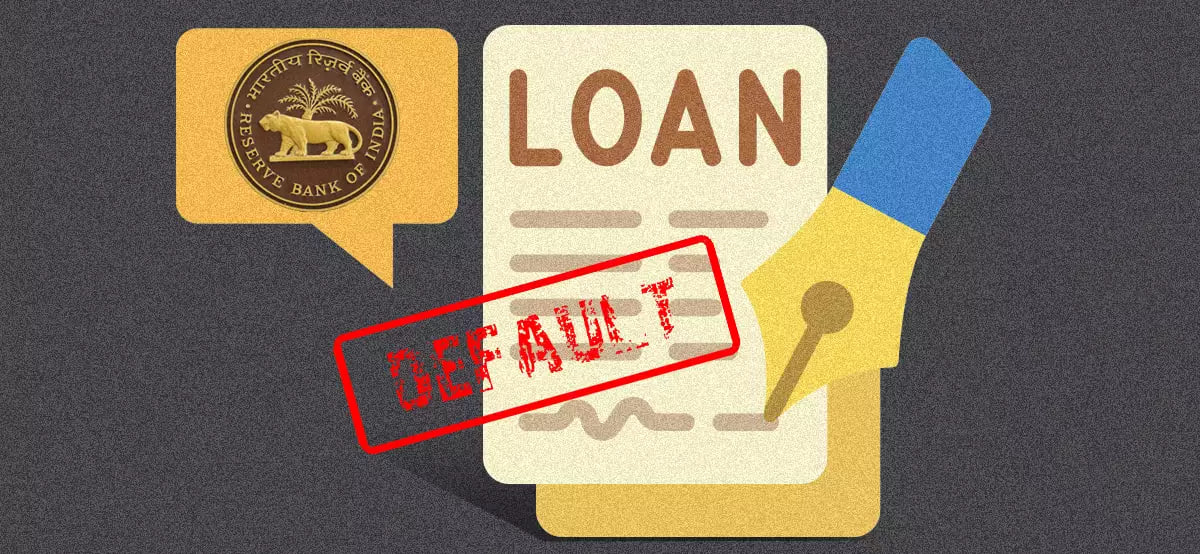FLDG FRAMEWORK

Copyright infringement not intended
Context: The Reserve Bank of India (RBI) has approved the First Loss Default Guarantee (FLDG) framework, a new lending model that enables fintech firms to partner with banks and NBFCs. The FLDG scheme allows the fintech firm to take the first hit on a default, thereby reducing the credit risk for the partner bank or NBFC.
Details
- According to the RBI guidelines, the total amount of default loss guarantee cover on any outstanding loan portfolio cannot exceed 5% of the portfolio amount. The default guarantee has to be invoked within 120 days of a loan becoming overdue unless it is repaid by the borrower before that.
- The recognition and provisioning of bad loans will be the responsibility of the regulated entities.
- The FLDG framework is expected to benefit data-tech NBFCs (Non-Banking Financial Companies) and fintech firms, as well as banks and NBFCs, by enhancing their lending capacity and expanding their customer base. The FLDG scheme will also strengthen the digital lending ecosystem and promote financial inclusion.
|
Non-Banking Financial Companies (NBFCs) |
● Non-Banking Financial Companies (NBFCs) are entities that provide financial services without holding a banking license. ● They can offer loans, credit cards, insurance, investment products, and other services to customers who may not have access to traditional banks. ● NBFCs are regulated by the Reserve Bank of India (RBI) and have to follow certain prudential norms and disclosure requirements.
|
|
Fintech |
● Fintech is a term that refers to the use of technology to deliver innovative and efficient financial solutions. ● Fintech can include mobile payments, peer-to-peer lending, blockchain, robo-advisors, and more. Fintech can help NBFCs reach more customers, reduce costs, enhance security, and improve customer satisfaction. ● Fintech can also create new opportunities and challenges for NBFCs in terms of regulation, competition, and collaboration.
|
Benefits for the fintech
- Fintechs can leverage their data and technology capabilities to assess the creditworthiness of the borrowers and offer customized products and services.
- They can reach out to new segments of customers who may not have access to formal credit channels, such as micro, small and medium enterprises (MSMEs), rural and urban poor, women and youth.
- They can reduce their risk exposure and capital requirements by sharing the credit risk with the banks and NBFCs. This will encourage them to lend more to the underserved segments.
- They can create a level playing field with the legacy institutions and compete based on innovation, efficiency and customer satisfaction.
Benefits for the banks and NBFCs
- Banks and NBFCs can diversify their loan portfolio and tap into new markets and customers with the help of fintech.
- They can reduce their operational costs and enhance their profitability by outsourcing some of the functions such as customer acquisition, verification, servicing and collection to the fintech.
- They can mitigate their credit risk and improve their asset quality by availing the FLDG from the fintech. The RBI has capped the FLDG at 5% of the loan portfolio, which means that the lenders will bear only 95% of the losses in case of defaults.
- They can comply with the regulatory norms and guidelines issued by the RBI for digital lending, such as transparency, fair practices, consumer protection and data security.
Benefits for the borrowers
- Borrowers can access easy, affordable and convenient credit from a variety of lenders through digital platforms.
- They can benefit from lower interest rates, flexible repayment options, faster processing time and minimal documentation requirements offered by the fintech.
- They can improve their credit history and score by repaying their loans on time and availing more credit opportunities in the future.
- They can avail of financial literacy and awareness programs conducted by the fintech to make informed decisions about their financial needs and goals.
Conclusion
- The FLDG scheme is a win-win situation for all the stakeholders involved in the digital lending ecosystem. It will enable the lenders to expand their reach, reduce their risk, increase their profitability and comply with the regulations. It will enable the fintechs to showcase their innovation, efficiency and customer-centricity. It will enable the borrowers to access credit easily, affordably and conveniently. It will also promote more transparency, discipline and collaboration in the digital lending environment. The FLDG scheme is expected to foster financial inclusion, economic growth and social development in India.
Must Read Articles:
First Loss Default Guarantee (FLDG): https://www.iasgyan.in/daily-current-affairs/fldg




1.png)
